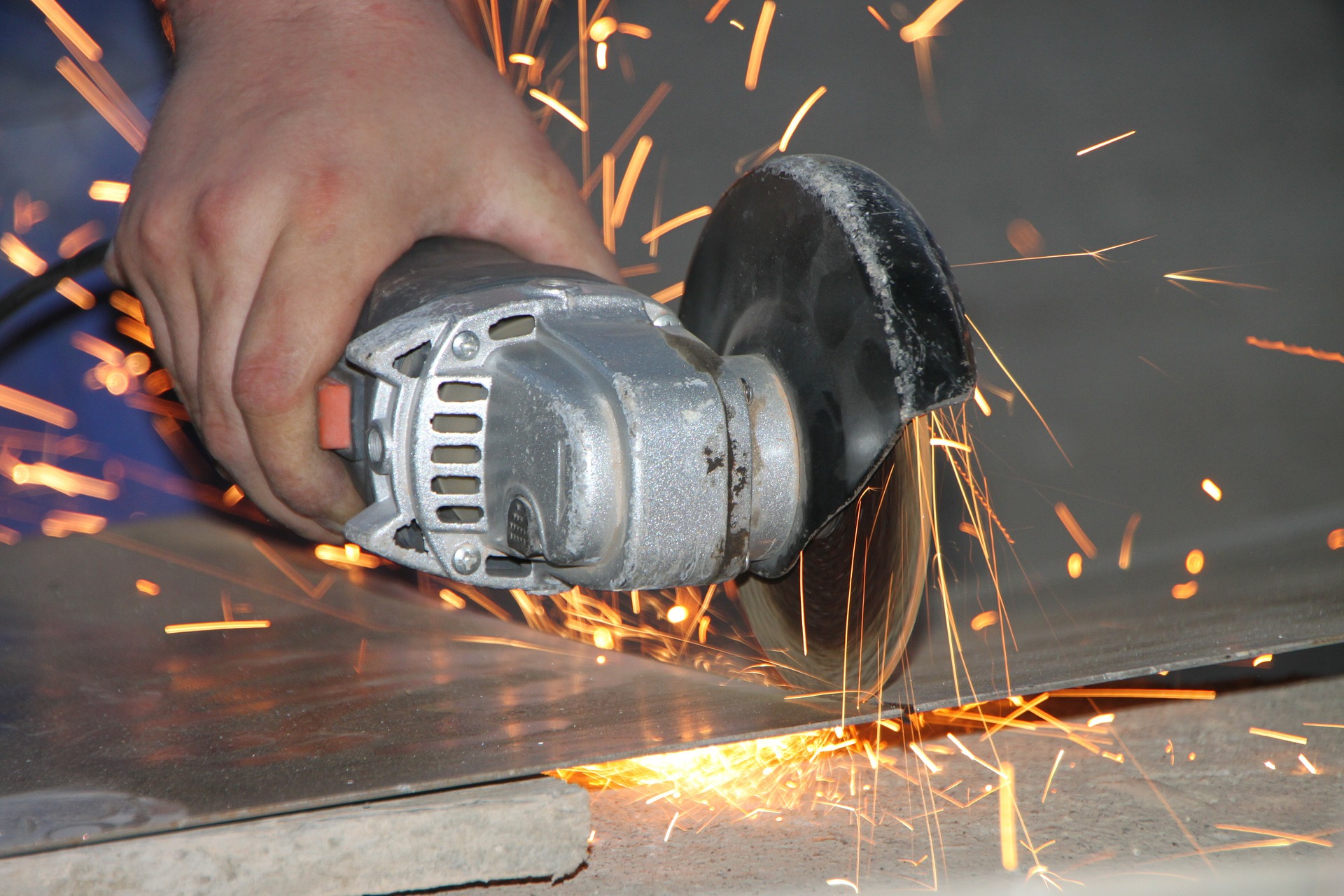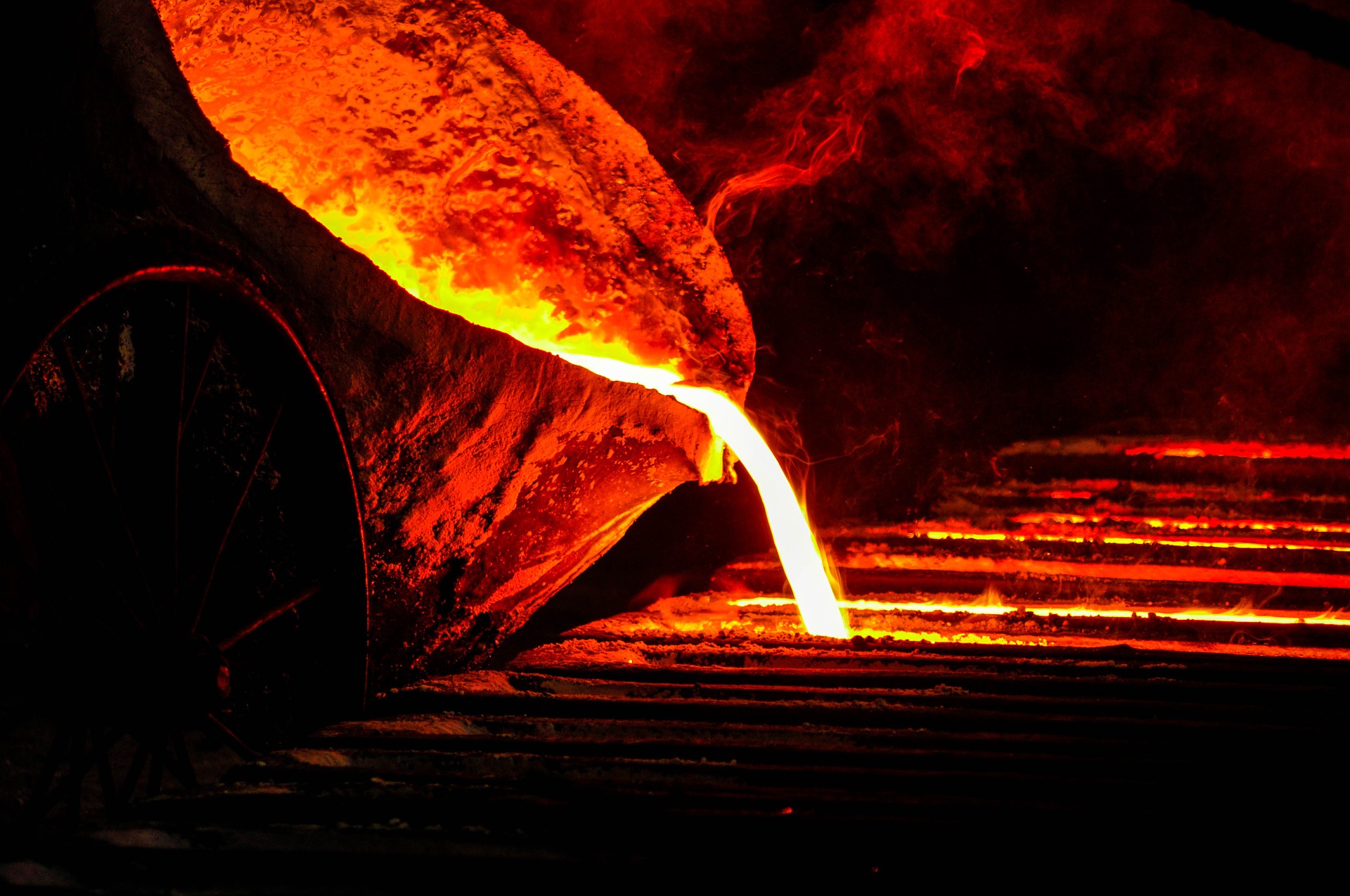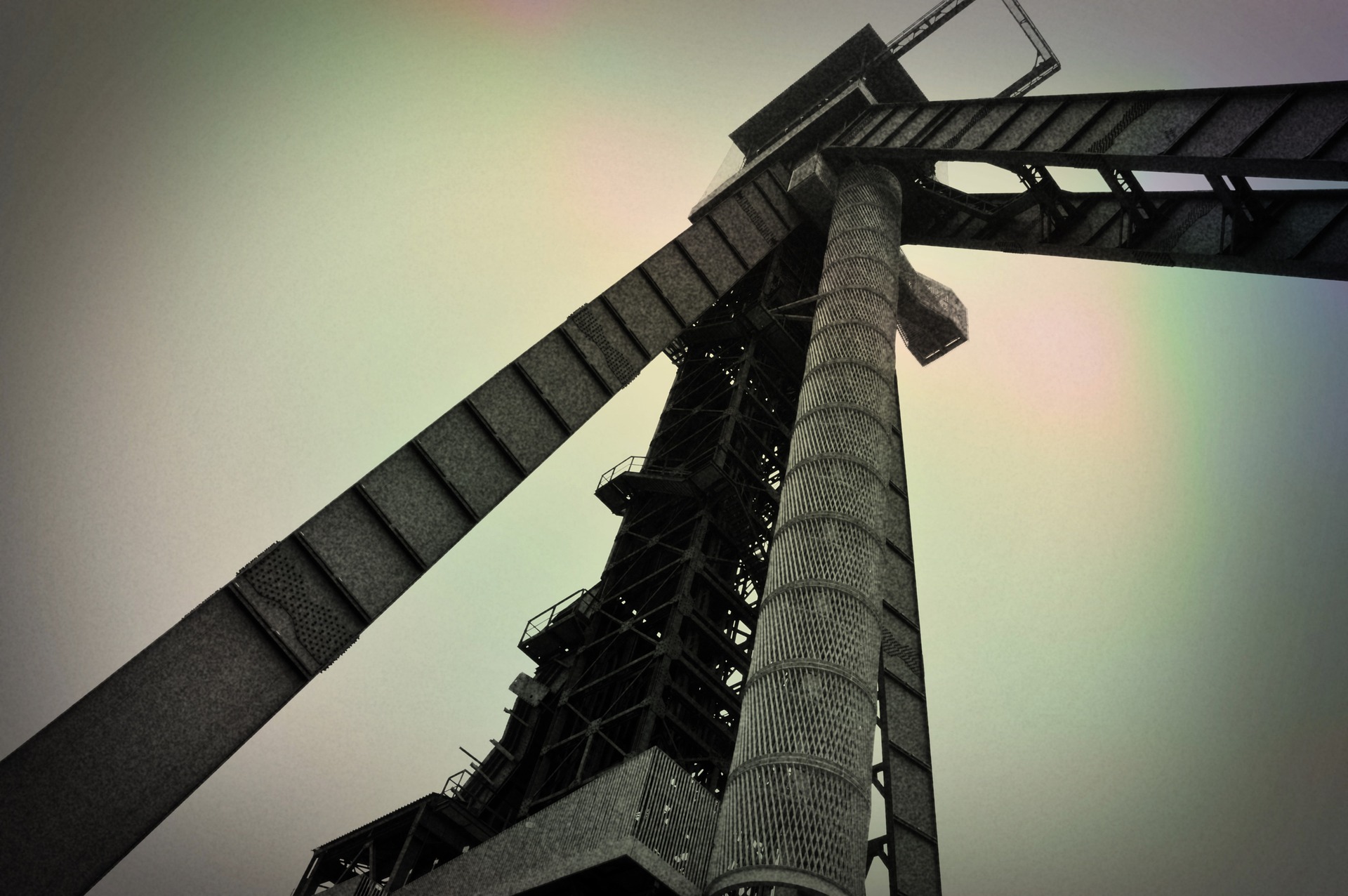Cut the Steel
Steel as a sword cuts ‘many’, if not ‘any’ thing. So it means that, Steel is a hardest and toughest material, and only then it can cut anything else. Hence, the device or procedure to cut a hard material should ‘cut the mustard’. Several procedures










